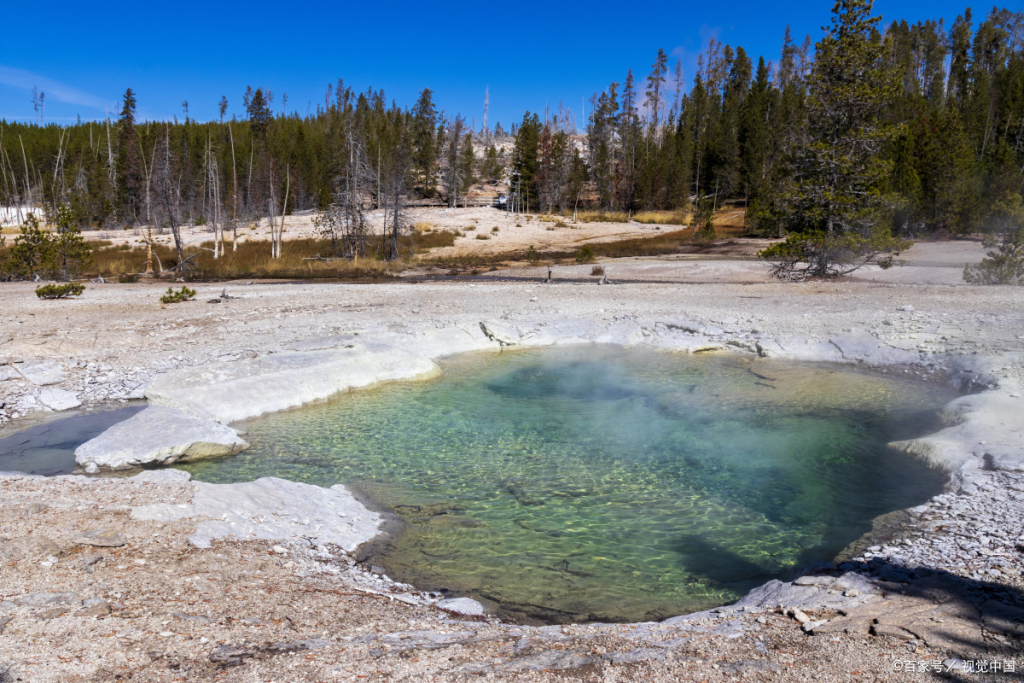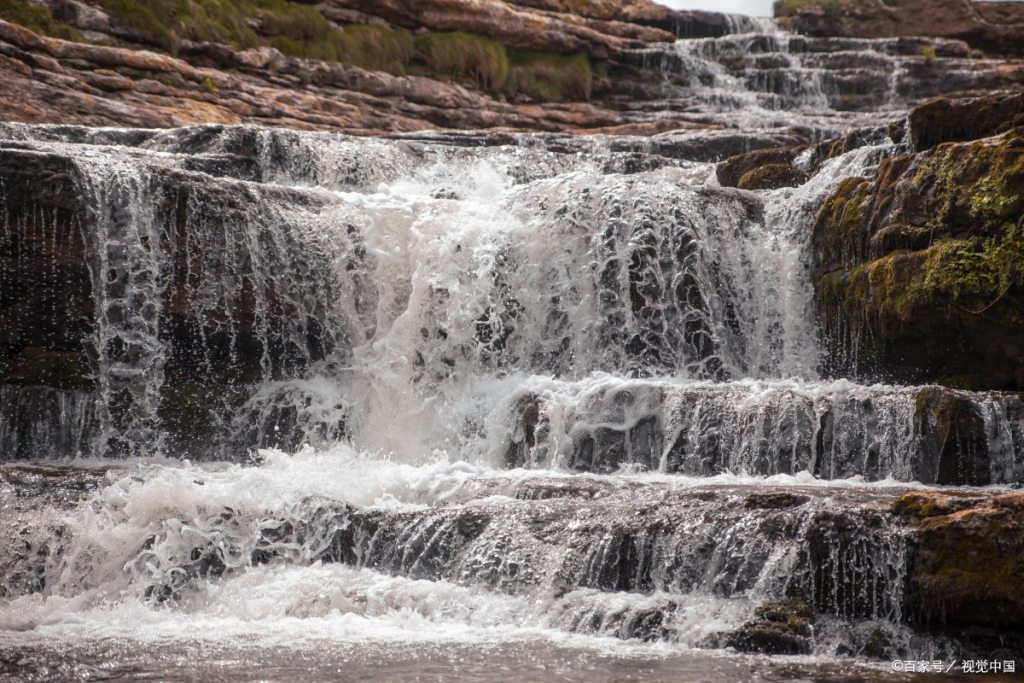Yellowstone National Park, located in southeastern Wyoming, USA, is in the heart of Yellowstone National Park, only 45 miles (1 km) from the Canadian border. It is one of the largest national parks in the United States and the only national park based entirely on glaciers. Its most famous attractions include Rocky Mountain National Park and Yellowstone River Canyon. In addition, there are numerous lakes, glaciers and other natural landscapes, including Grand Teton National Monument, which is also a historic museum. It has a high reputation among tourists, which is one of the most popular national natural attractions in the United States.

- Grand Teton National Monument
Grand Teton National Monument is the most popular attraction in the park. It has an altitude of 2,153 meters, covers an area of about 15 acres (about 324 square meters), and is located at an altitude of 5,784 meters (1,750 feet). Grand Teton National Monument is the symbol of Wyoming. It was proposed by former US President Gerald Ford and officially built in 1941. It is composed of a series of vertical rocks, representing the history and tradition of the park: “Grand Teton Park” marks the history of the park from the Indian era to the early 20th century; there are two huge crosses and a prominent spire on it, about 80 meters (250 feet) high; the Grand Teton Monument is also known as the “National Mountain of Wyoming”; there are many statues of varying degrees on it, including some very famous people: John Adams, Benjamin Franklin, Barber, etc.

- Yellowstone River Canyon
Located in the heart of Yellowstone National Park, the Yellowstone River Canyon is about 3 miles (4 kilometers) long and is one of the longest canyons in the world. Walking along the trail on the side of the Grand Teton National Monument, you will see this spectacular sight, which is called “Big Yellowstone” because it was once a lake, swamp and wilderness. There are many plant species in Greater Yellowstone National Park, including various lichens, mosses and ferns, as well as some rare species.
- White Cliff Falls
White Cliff Falls is the largest waterfall in Yellowstone National Park, about 180 meters high and 150 meters wide. White Cliff Falls is a huge gap into which the Yellowstone River flows, and there are different ways to watch it in both the rainy and dry seasons.

- Yellowstone Lake
Yellowstone Lake is the largest lake in the park. It is also an iconic landscape of the United States National Monument Park, located in southeastern Wyoming. As part of the Rocky Mountains, Yellowstone Lake has always been regarded as a lake after a long geological process in geological time. There are three waterfalls and a glacial lake around Yellowstone Lake-Yellowstone Falls and Yellowstone Canyon (Mount Wyn Valley). There are several small towns around Yellowstone Lake, including Windham, Wyoming and Collier Valley, Wyoming. From there, you can enjoy the lakeshore, waterfalls and other beautiful scenery.
- Kawani Volcano
Kawani Volcano is one of the most dangerous volcanoes in the entire national park, with an altitude of 4,600 meters. Kawani Volcano does not erupt often, but due to its dangerous geological activity, it can be a highlight of visiting the park. There was once an eruption twice in a month. The most recent one has been from 2009 to now. Kawani Volcano has been erupting for more than 4 years. Kawani is known as one of the “super mountains” (the largest, most dangerous, and tallest volcanoes in the world) and it is thought to be caused by the warming of the Earth’s climate. There is a long volcanic tube that sends red lava flows from the crater to the valley floor, which is an interesting experience.